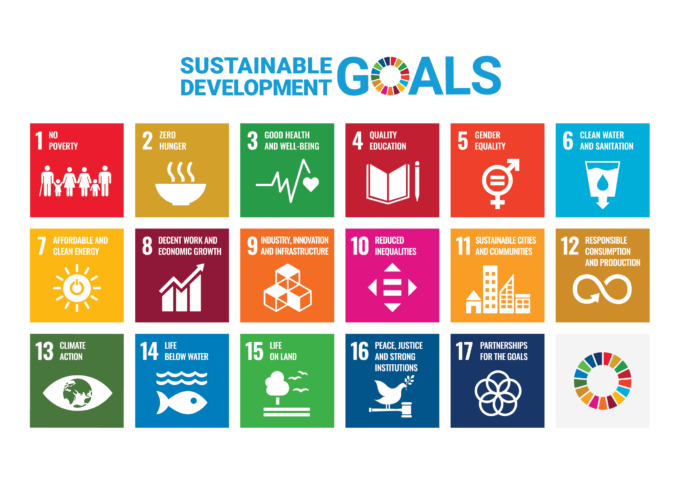Several organizations have emerged that try to catalyze gender lens investing. The non-profit association 2X Global announced the 2X Challenge, which raised gender lens investments totaling $16.3bn in 2021-2022, benefiting 473 businesses in developing countries.
As an illustration of the investment gap that needs to be bridged, Bloomberg estimated that only $35bn (less than 12%) out of more than $300 billion in sustainability-linked debt issuances up to 2022 carried the gender label. In October 2022, the GIIN estimated the global impact investing industry held $1.1tn, compared with the world’s $115.1tn, in assets under management.
There’s still a long way to go until the financial industry shifts the bulk of its assets to more sustainable and impactful strategies and starts applying a gender lens more systematically for both inward-looking assessments and its portfolio allocations.
Our approach to gender lens investing
How do we increase the flow of capital into gender-smart businesses? Increasing the prevalence, diversity, and quality of GLI strategies among investors and their portfolio companies is an excellent place to start.
Since 2009, we have invested in privately held ventures offering products and services that have a transformative impact on poverty and the environment. Gender lens considerations are factored in at several levels: we monitor the share of women in our leadership structure (boards, investment committees, senior management) and staff and constantly seek to enhance gender diversity and female empowerment across our portfolio companies.
One example is Uganda-focused renewable energy firm Fenix International. AMG supported Fenix across debt and equity through different funding rounds, including its first institutional debt investment. When it was acquired by French multinational ENGIE in 2018, it had helped a million Ugandans access renewable energy for the first time while also delivering an average annual return of 13% for our investors.
By 2021, when we assessed Fenix for the last time, it had expanded to Zambia, the Ivory Coast, Benin, Nigeria, and Mozambique, seeking to deliver first-time access to decarbonized, decentralized, and digital energy to 20 million beneficiaries.
Fenix was AMG’s first portfolio company led by a female CEO, Lyndsay Handler. Under her leadership, Fenix rolled out important gender-lens strategies which helped grow the business: reduce gender bias in recruitment and retention to realize and maintain equal representation in middle management and leadership, deploy women to design products and drive innovation an employee ownership program, Fenix Flames, which gave all employees a share in the company; and a mentorship program for women leaders and managers.




 Audio available
Audio available
